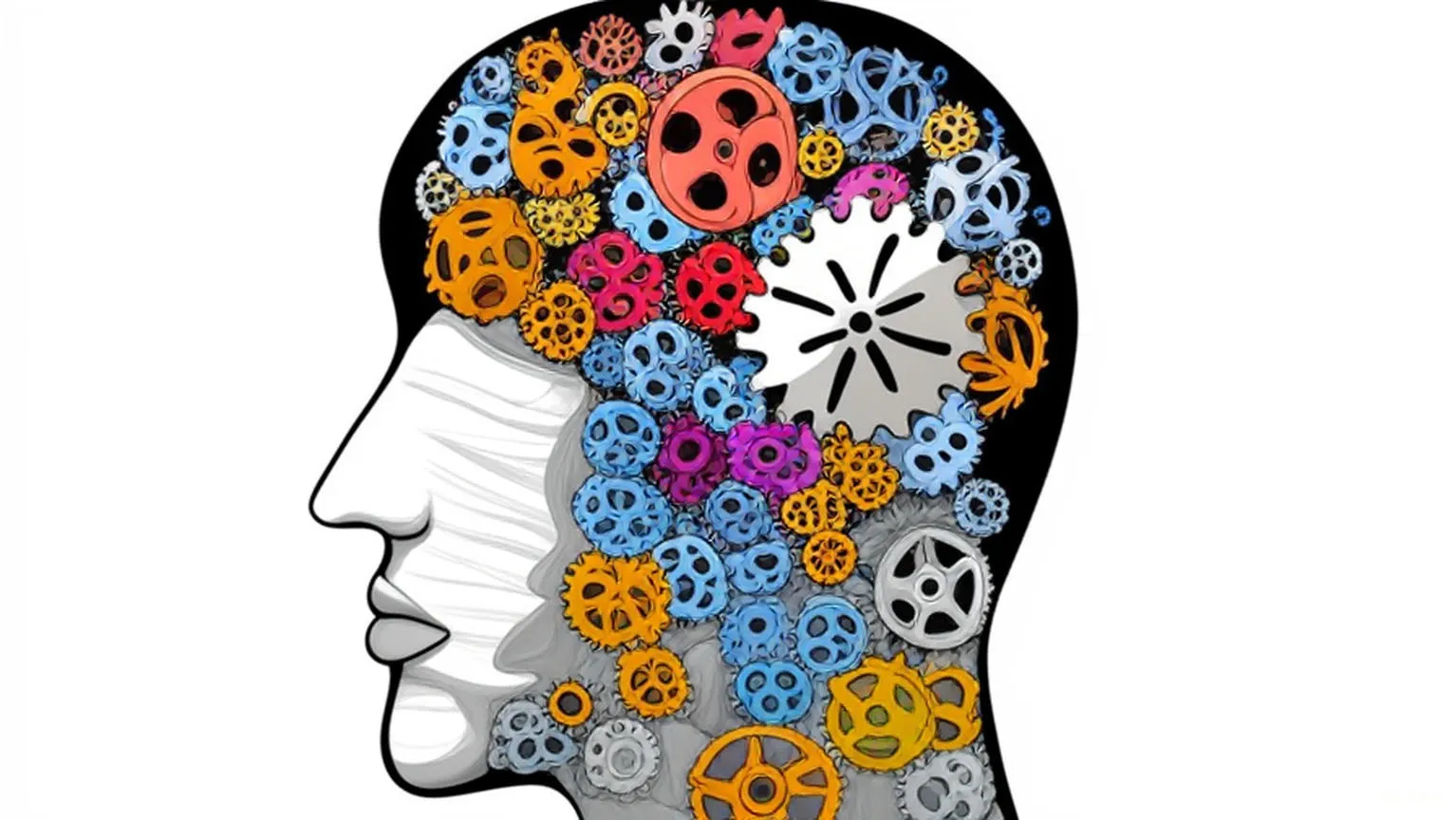
Why most teams refactor correctly and still lose
Teams invest seriously in refactoring and still lose speed. The surprise isn't the cost. It's that with the same effort, timing alone can nearly double the return.
Real-world insights on adaptive leadership, fluid organizations, and technological enablement from someone who's built, scaled, and fixed things in the trenches.

Teams invest seriously in refactoring and still lose speed. The surprise isn't the cost. It's that with the same effort, timing alone can nearly double the return.

Teams invest seriously in refactoring and still lose speed. The surprise isn't the cost. It's that with the same effort, timing alone can nearly double the return.

Teams ship faster every quarter, yet delivery keeps slowing. The problem isn't process or talent. It's technical debt silently draining change capacity until agility collapses.

Companies cutting engineers for AI efficiency will be forced to rehire within months. The ones with foresight are investing in capability, not cutting headcount.

Technical debt isn't bad code. It's the organizational residue of moving faster than you can adapt. Debt is inevitable. Fragility is a choice.

The 2025 DORA report makes one thing clear: AI doesn’t just speed up code, it speeds up the system around it. Engineers who understand that system grow in value. Engineers who rely on experience alone see it calcify instead of compound.

AI isn't replacing engineers but, it's making narrow specialists much easier to replace while multi-dimensional engineers dominate in AI-augmented teams.

Traditional tech due diligence audits architecture but misses adaptability. Smart VCs evaluate a startup's capacity to evolve, not just code quality.

Software estimation fails because development is inherently complex, not predictable. Stop chasing false certainty through story points, velocity, and hard commitments. Here's the adaptive approach that works.

Everyone is calling AI code generation "vibe coding"—from harmless autocomplete to security nightmares. This confusion leads to wrong bets on tools and policies. Here's the matrix that separates hype from reality.

95% of enterprise GenAI pilots deliver zero financial impact. The successful 5% aren't using better AI—they're organized differently.

Your competitors ship faster while staying compliant because they stopped accepting "the regulators won't let us" as gospel. Most regulatory theater actually makes you less safe while killing velocity. Here's how to escape.

This week I'm reading "The Effective Executive" on vacation and I'm genuinely irritated. Not by Drucker's brilliant insights, but by how we're still fighting battles he won in 1966.

Most scaling frameworks make you slower as you grow. But what if your 1,000-person company could pivot as fast as a 10-person startup? Here's how.

How to innovate at breakneck speed without your production systems falling apart. The dual operating system that balances mission team velocity with operational excellence.

Most leaders avoid large teams fearing chaos. Here's how dozens of people actually self-organize around shared priorities to solve problems no traditional team structure can handle.

Your engineering teams are drowning in technical debt while competitors ship faster. These practices cut cognitive load immediately—no reorganization required.

Most organizations scale by adding teams when work increases. That creates the coordination hell you're trying to escape. The counterintuitive approach: grow by removing boundaries, not multiplying them.

Theory is worthless without practice. Here's your step-by-step roadmap for implementing your first fluid team, including common pitfalls and how to avoid them.

Every organization is different. Here's how to pick the right frameworks and patterns for your specific context, based on real implementations.

When Sarah quit three months after we moved to fluid teams, her exit interview was blunt: "This is chaos. I don't know who's in charge anymore." The human cost of organizational transformation is real, and I learned the hard way that structural changes aren't enough.

You're convinced dual system leadership works. But shifting from command-and-control to context-setting? That's where most transformations fail. Here's the proven implementation playbook.

Pandemic survivors weren't just lucky—they'd already cracked the code: anyone can lead based on expertise, not hierarchy. Here's how dual system leadership creates leaders at every level.

My wife's Instagram warning about AI making us dumber led me to MIT research showing ChatGPT users lose cognitive abilities. The data is stark, but the solution isn't abandoning AI, it's using it better.

Most organizations force a false choice: team stability OR execution speed. You can have both—here's the blueprint.

Every crisis proves fluid teams outperform static ones. Shopify's pandemic response doubled revenue while boosting engagement. So why do most executives only use them as last resorts?

Leaders who approve everything kill organizational speed. Ask 'what context is missing?' not 'should we do this?'

Every crisis proves fluid teams work brilliantly. So why do smart executives only use them as last resorts? The answer costs billions.

Teams drown in data but starve for context. Here's how to build shared consciousness that actually scales decision-making.

Creating shared context throughout your organization enables faster, better decisions without traditional command structures. Here's how to break the bottleneck.

From autonomy principles to practice: clear rituals, defined boundaries, and visible metrics create the conditions for teams to own their work and navigate uncertainty with confidence.

Most leaders fear that giving teams true autonomy will lead to chaos. They're half right. Autonomy without clarity is chaos. But autonomy with clarity? That's where the magic happens. Your job isn't to prevent disorder, but to create clarity.
